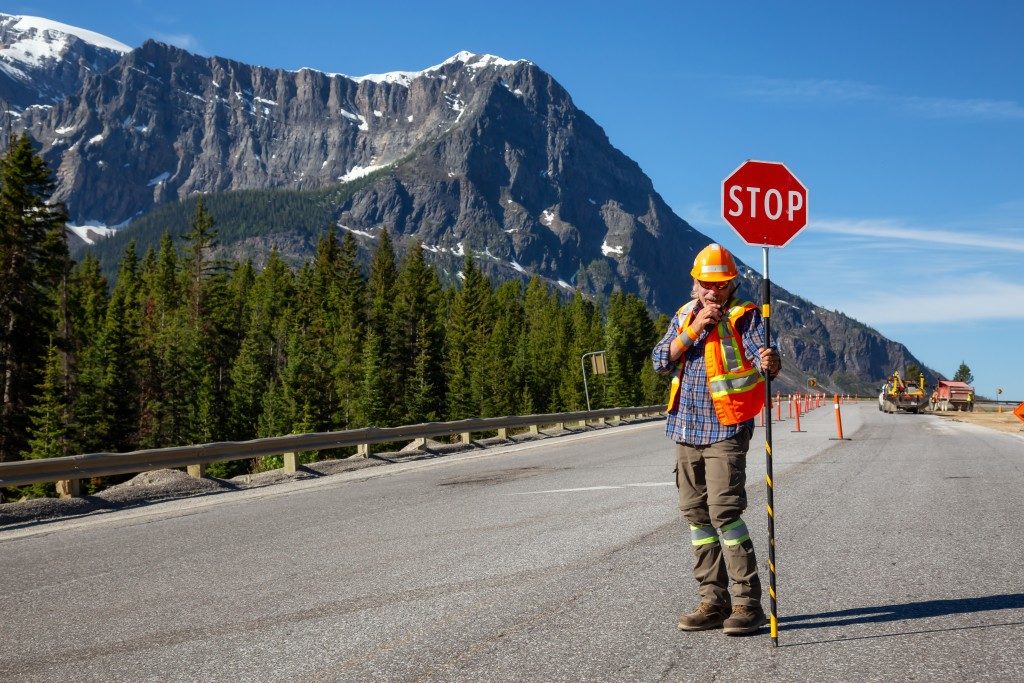The land of America is connected by 2.7 million miles of highways and paved roads. To date, 94% of the roads stretched across the United States have become paved with asphalt, the material most recycled in the country.
Asphalt paving in places like Salt Lake City is economical and provides a quiet, smooth and safe ride. The Interstate highway system that we know of today is a plan that started in 1954. Then-President Dwight Eisenhower wanted to ask help in crafting the program to improve the quality of highways across the country.
He pitched the plan during the Governor’s Conference. Then-Vice President Richard Nixon had to deliver the speech as Eisenhower attended to the death of a member of the family.
Problems to solve
In his prepared presentation, the President highlighted hours are wasted due to congestion in roads. Time spent stuck on roads due to jams and detours are productive time wasted. He also noted that the bad design of roads would result in a delay in the transport of goods and inefficiency in production.
Eisenhower also said that data, at that time, showed that nearly 40,000 are killed, and some 1.3 million people are injured due to road accidents.
A highway committee
After the presentation, the Governors created a Special Highway Committee to come up with a plan. Eisenhower also asked General Lucius Clay, his advisor and friend, to work with them. According to the data they received from the U.S. Bureau of Public Roads, upgrading America’s roads in the coming decades would cost $101 billion, with $23.2 billion allotted for the building on the Interstate System.
During the course of their study, the Governors learned the advantages of building the Interstate Highway, such as the improved road system would correspond to a growing population and boost the commerce industry. On Dec. 3, 1954, they presented the plan to Eisenhower.

Two months later, on Feb. 22, 1955, the President transmitted the 10-Year National Highway Program, the Clay Committee’s report. Then-Sen. Al Gore Sr. led the hearings for the National Highway Program. The 54-paged Clay Committee report underscored the needs for improvements on highways as it noted that traffic swelled, but road capacity did not.
It also pointed out that roads may deteriorate as travel mileage and vehicle weights increase over time. It also stressed the significance of safety on roads and recommended changing the highways with modern design.
Bumps along the road
According to the US Department of Transportation, Federal Highway Administration, issues on financing the construction of the Interstate System was raised as the Congress could not arrive on a method for it on1955.
As the Congress adjourned in August of that year, lawmakers devised a tax package that was put into the Federal-Aid Highway Act of 1956. Under the tax package, taxes of highway users and an increase on gas tax will be credited to the Highway Trust Fund.
The next four decades in the building of the Interstate Highway System were fraught with challenges and controversies. Still, the intent behind the construction of it turned out to be correct, as stated by the Federal Highway Administration.

